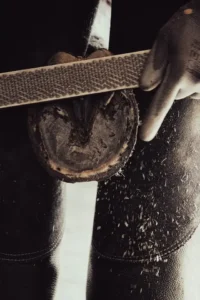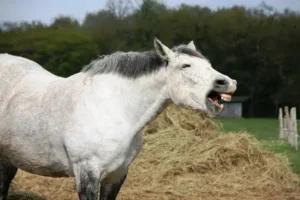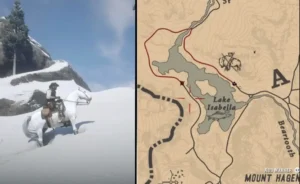As someone looking to get yourself a horse, you would recently have been advised to get yourself an OTTB.
True, there is the fact that they make excellent racehorses and all, but then we are glad you took the time out to second guess.
While an OTTB may be wonderful on the track, would it be a suitable horse for the stable at home?
You are right, and with that, the following 10 reasons not to buy an OTTB. You can then decide after you read up on these.
What Is An OTTB Horse?
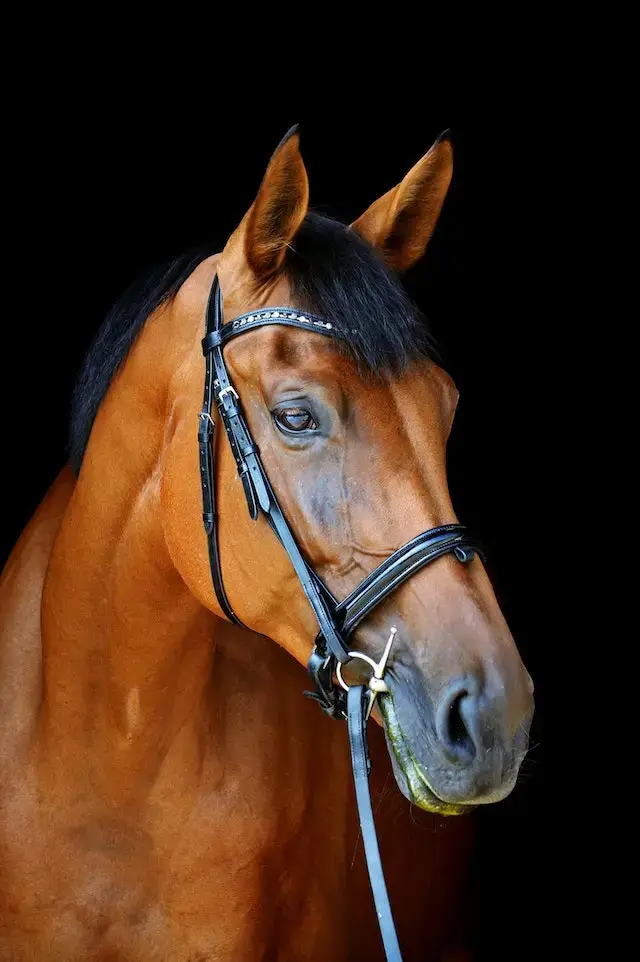
OTTB is an abbreviation of off-track thoroughbred, which means to say that these were horses that were once used for racing. Today, they are off the racing track and hence the term off-track thoroughbred.
These horses are active and fast, and yet at the same time, come with certain limitations that, tempting as may be, may not be a good choice for a first-time owner, unlike a normal thoroughbred.
Continue reading to take a glimpse at them.
Why Not To Buy An OTTB – 10 Reasons!
And so, without much ado, here’s the reason you are here in this article. One of the primary reasons lies in its potential lack of safety, and you may have already surmised the underlying rationale behind this aspect.
Take a quick peek at the 10 reasons not to buy an OTTB.
1. Lack of Suitable Training
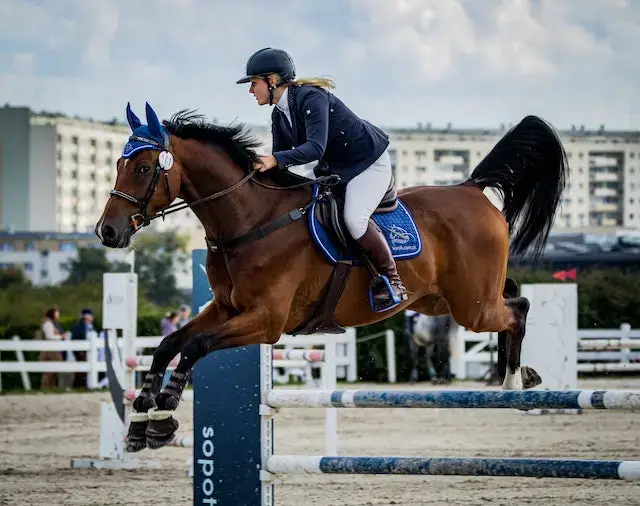
The first reason not to buy an OTTB horse is the fact that they lack suitable training. These are horses that have been trained to win medals for their owners on the track and not live a quiet life in your home stable.
There are things like yanking on the reins and bolting that these horses are not used to and are now learning.
Lunging, long-lining, and even things like muscle gaining and stability are things that most of these horses have not been trained in, which means an owner will have to invest in giving him all these things.
You will have to start teaching the complex horse maneuvers, and this, for you, can indeed be overwhelming. Then there is cross-tying that an OTTB is just not used to and will find completely overwhelming.
Moreover, some excited owners may also be in a hurry to get these done which could affect the horse too, so if you’re one of those people, it’s better to steer clear of getting a horse like that due to its insufficient training.
2. Physical Limitations and Soundness Issues
As seen above, some of these horses have spent a long time racing, as a result of which their bodies have been through a lot of stress, leading to several medical conditions which may need attending.
Most of these horses face issues in their muscles, respiratory organs, and joints, which will make frequent visits to the vet necessary.
Certain horses in the group might also experience health problems, necessitating rehabilitation and causing significant concern for an inexperienced owner.
These horses often tend to suffer breakdowns regularly. Fractures, bumps, and bruises are going to be common here, and as an owner, are you prepared for it?
Must Read: How many horses died in WW2?
3. High Energy and Temperament
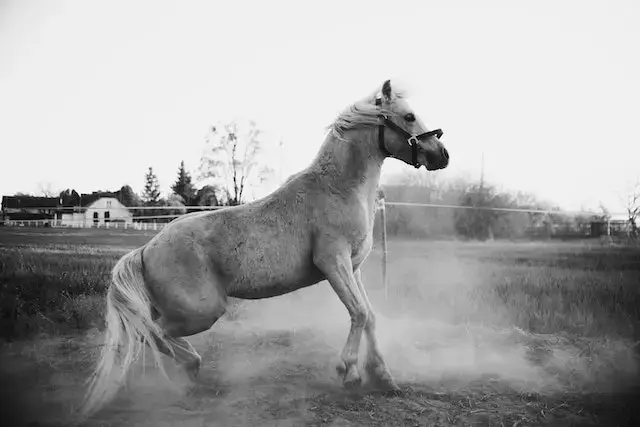
If you’re thinking of adopting an Off-Track Thoroughbred (OTTB), patience is key. And, as a horse rider, you might not have that skill down pat.
Getting OTTBs ready for a racing gig takes some retraining to suit their new life. Just a heads up, it’s not gonna be a piece of cake. The entire process may require some time and can be a little exhausting and frustrating at times.
There might even be moments when you feel like giving up, but that wouldn’t be cool. These are horses that are exposed to crowds and noise and not a quiet life in a stable which he is indeed going to find very overwhelming.
Leisure activities are not an OTTB’s cup of tea. As riders, they can be hot and also very reactive, scaring an owner who is new to riding.
4. Lack of Versatility
Along with patience, another important virtue required for a rider adopting an OTTB is understanding. How understanding is you of horses?
Sure, you might be pretty good at that, but remember, dealing with an OTTB requires more than just that.
While some people say thoroughbreds are versatile, it might not be the same for an OTTB.
With an OTTB, you can’t just pull the reins and expect the horse to speed up or slow down as you please. These horses come with a different kind of understanding and are meant to be dealt with differently.
Ready to step up and take on the challenge? This breed of horses can be quick and nightly intelligent and great on the racing track, but then, the problem arises when they are done with a life of racing and are now expected to adjust to a quieter life.
You would find it difficult had you been in its place, wouldn’t you? Then you wouldn’t expect it any other way from an OTTB, would you?
5. Age and Retraining Time
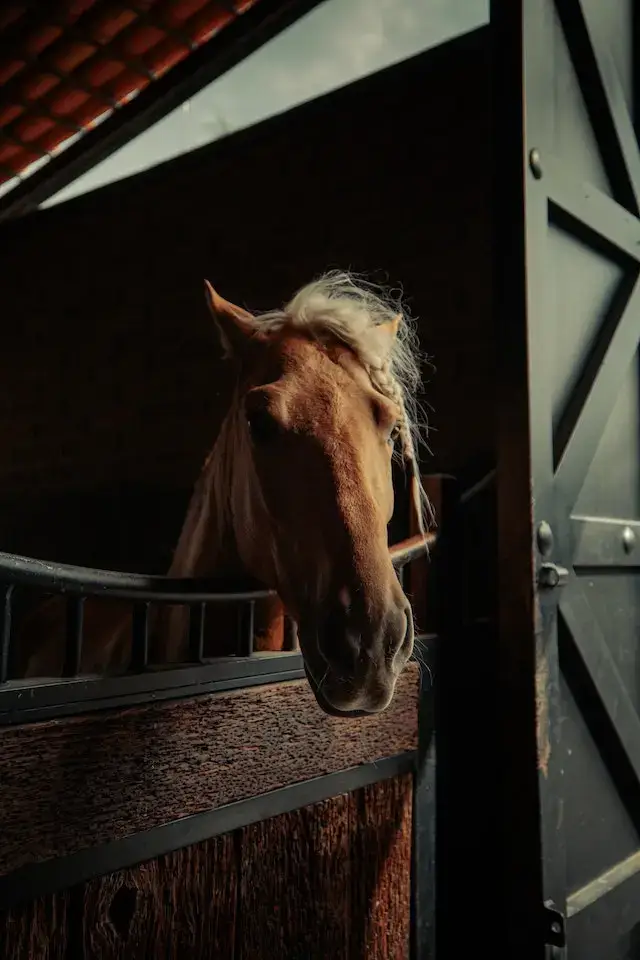
Thoroughbreds are horses that have been trained to work with a lot of speed, and this could, at times, result in injuries that could arise when they are in their old age.
The fact that they are aged will mean that they are going to require some specialized care, what with all the life they spent galloping.
Now, this is going to require some time, patience, and, not to forget, also a lot of money on your part.
Plus, you gotta keep your cool and stay confident because things can get pretty intense and even a little scary during the whole process.
6. Uncertain Background and Behavioral Issues
A lot of them have been trained to gallop and race right from the ripe old age of two, much before they have reached the right level of maturity.
This is a time when even their bones have not been well-formed. All this stress and strain on their young bodies makes them highly prone to injuries and, not to forget, even some anxiety.
A horse that is going to be introduced to a domestic at a later age is surely going to face some amount of uncertainty.
Fear is common in most of these horses, and with that, some amount of phobia and anxiety. These horses can thus tend to be aggressive by nature with the new situation that they are now in.
On top of that, many of them have spent a significant amount of time confined to stalls, which could have caused various behavioral problems that may require some attention.
Recommended Reading: Gelding Vs Stallion
7. Cost Considerations
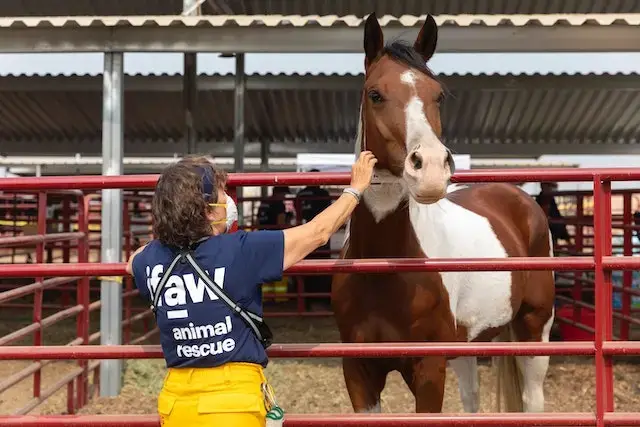
The truth here is that taking care of an OTTB horse is like caring for two horses together, both by way of time, effort, and, most importantly, cost.
Adopting an OTTB horse is going to cost you a lot by way of training and frequent visits to the vet, as already said.
These are horses that are going to need a lot of high-quality forage, with all the protein and fat that now becomes a must with all their health needs.
A lot of them struggle to gain weight, which means they will need to graze much more than an ordinary horse should.
Now, are you prepared for all of this? Don’t forget the fact that you are going to need to work with a trainer, and there are costs involved with it.
8. Availability and Accessibility
OTTB are no ordinary horses. These are horses that are accustomed to a life of meticulous attention and nurturing, be it medically or even by way of training.
Now these are things that an ordinary horse owner may not be able to afford daily, which is why adopting an OTTB is something that is going to need close consideration.
You are going to need a Farrier to care for those hooves that have gone through all that intensive training. And then, there is the kind of diet that they are used to and all the regular physical activity that they are going to need.
These horses need plenty of room to wander around and enjoy some fresh air and sunshine, which are super important for their health and happiness.
But here’s the thing: it can be tough to get access to all that. Not everyone can afford to provide everything they need.
9. Potential Limitations for Novice Riders
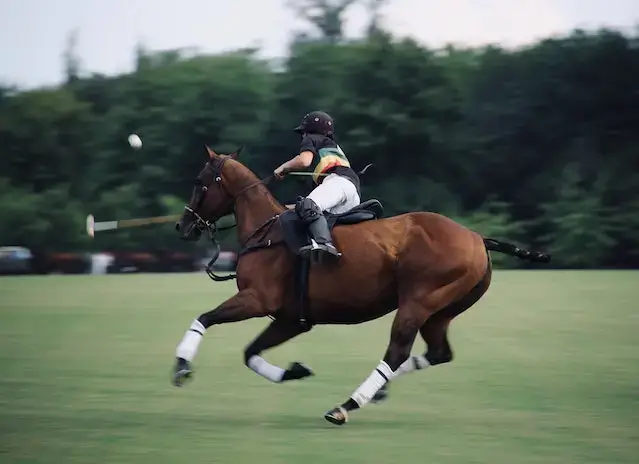
OTTB horses are meant for certain riders, and if you are a novice, this is not the kind of horse that you should be riding.
The years of riding experience that these horses come with may make them a little too far ahead to be a good fit for a new rider and his needs.
So, if you are new to horses and horse riding, do not adopt an OTTB. You need to be a strong, professional rider with years of experience with horses to be able to ride an OTTB.
10. Difficulty Adjusting to Civilian Life
Their racing careers with many years of life on the field could now make it hard for them to adjust to the quiet civilization to which they are introduced.
Moreover, a lot of them may have had bad experiences in the past as a result of intensive training and pressure from ambitious owners.
All this would have led to trust issues that someone looking for a warm and loving horse would be disappointed with. The social settings of civilian life could often lead them to panic and feel uneasy.
Positive reinforcement is going to take time and effort, and an ordinary horse owner may not be able to have the patience required for that.
Frequently Asked Questions on 10 Reasons Not To Buy An OTTB!
Now that you know almost all that you need to know, let’s end this little article by having a look at a few FAQs.
1. Are ex-racehorses good for beginners?
Ans: Absolutely not! Riding racehorses might sound fun, but they’re definitely not the best choice for newbies, untrained folks, or inexperienced owners. These horses need a ton of training, time, and, of course, patience, money, and effort to handle them well. That’s why they’re not beginner-friendly.
2. How do I calm my ex-racehorse?
Ans: First things first, make sure you’re comfortably settled in your seat, nice and deep. Avoid excessive whipping, and keep those reins nice and loose. Try talking to the horse. It works. More than anything, take some lessons before you ride the horse to know the basics that you need to know.
3. Why do racehorses walk with another horse?
Ans: This is because the companionship that they enjoy can make them calm and relaxed.
Walking together brings with it a lot of support and comfort, and this is something that racehorses need.
4. Would you buy a horse that has been pin fired?
Ans: No need to stress about the legalities; it’s all good. But, if you’re wondering whether it’s gonna hurt, well, yeah, it can be a bit painful. Just take it easy and be patient, alright?
5. What happens to retired racehorses?
Ans: Some of them become studs and are used to breed other racehorses.
Closing Thoughts
Now that you know the reasons why adopting an OTTB may not be the best option, and it’s totally up to you to decide.
You see, these horses are perfect for those who’ve had experience with track horses and are smart enough to invest the time and patience in training and retraining them.
But for someone like you, who’s a first-time rider, it would be more comfortable to go for an Arabian horse or a Morgan. Take your pick and enjoy the ride!

